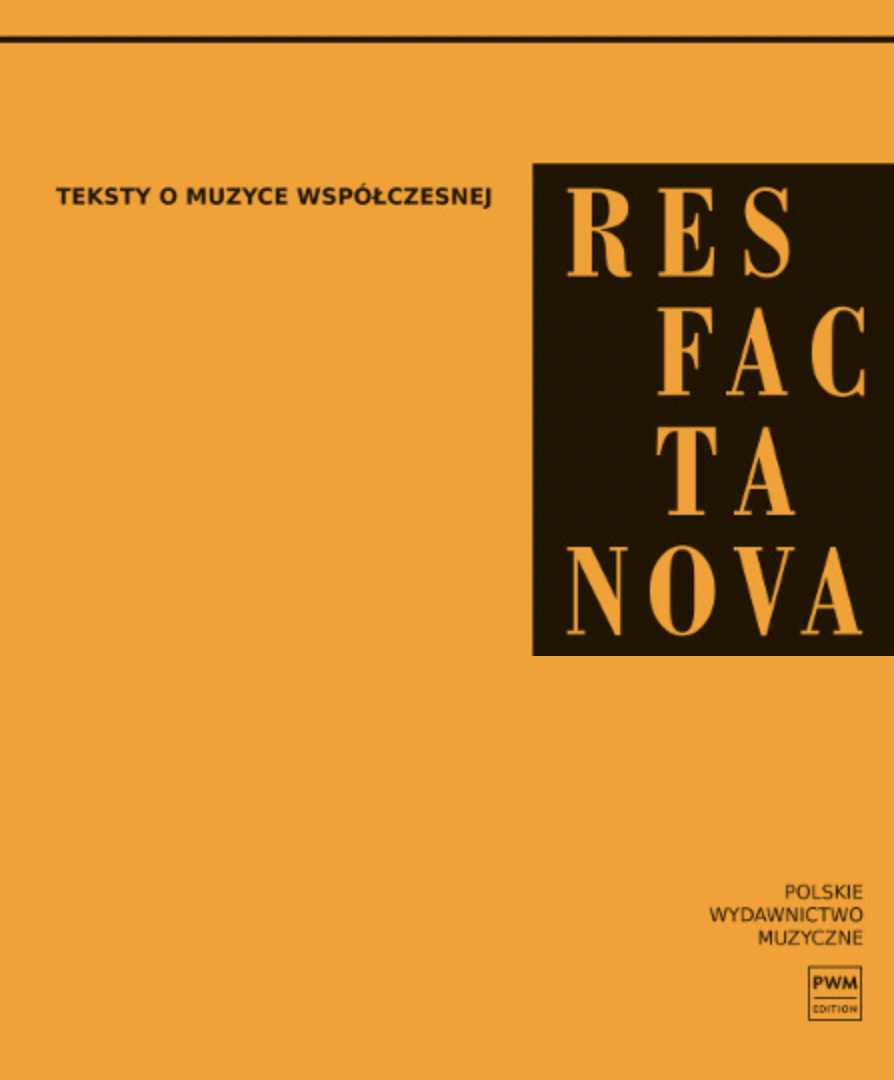Atlasy pamięci. Warburg i Muzyka Dawnana podstawie Time Regained Björna Schmelzera i Margaridy Garcii
Atlases of memory. Warburg and Early Music on the basis of Time Regained by Björn Schmelzer and Margarida Garcia
Author(s): Ryszard LubienieckiSubject(s): Fine Arts / Performing Arts, Music
Published by: Polskie Wydawnictwo Muzyczne
Keywords: Björn Schmelzer; Margarida Garcia; Graindelavoix; performance of early music; polyphony of the Middle Ages and Renaissance; Aby Warburg; atlas; Mnemosyne
Summary/Abstract: Time Regained (A Warburg Atlas for Early Music) by Björn Schmel-zer and Margarida Garcia, published in 2018, is the first large-scale attempt to apply to musicology, or more precisely the Early Music movement with its beginnings in the nineteenth century, the thinking and action strategy of the German art historian Aby Warburg. The authors chose as a kind of model Warburg’s famous Mnemosyne Atlas. In a similar way, Time Regained was presented in the form of an exhibition, premiered during the residence of the Belgian vocal ensemble Graindelavoix at the Utrecht Early Music Festival in 2018. The book version, alongside 10 plates containing ca. 1500 pictures, provides an extensive commentary on the exhibition. In view of its close relationship to the performance practice of the Graindelavoix ensemble, led by Björn Schmelzer, the main subject of discussion is vocal polyphony in the 12th–16th centuries.The main aim of the article is to show how Aby Warburg’ s ide-as and work are used by Schmelzer and Garcia to create their own vision of Early Music, and thus to examine the possibilities opened up for musicology and historical performance by the authors of Time Regained. Most of the text is devoted to systematising the opinions scattered over the pages of this extensive publication. The point of departure is the Mnemosyne Atlas – its structure, the contexts relating to it, and its re-interpretation in relation to Early Music („Warburg’s montages, Schmelzer’s montages”). The second part („Warburg’s Dictionary for Early Music”) concerns the manner of applying Warburg’s concepts (Pathosformel, Nachleben, Zwischenraum, bewegtes Leben) in the area of musicology and historical performance. The last fragment of the article (“The potential of Time Regained”) discusses the practical realisations of the potential contained within Time Regained itself.
Journal: Res Facta Nova
- Issue Year: 2019
- Issue No: 20 (29)
- Page Range: 109-126
- Page Count: 18
- Language: Polish

